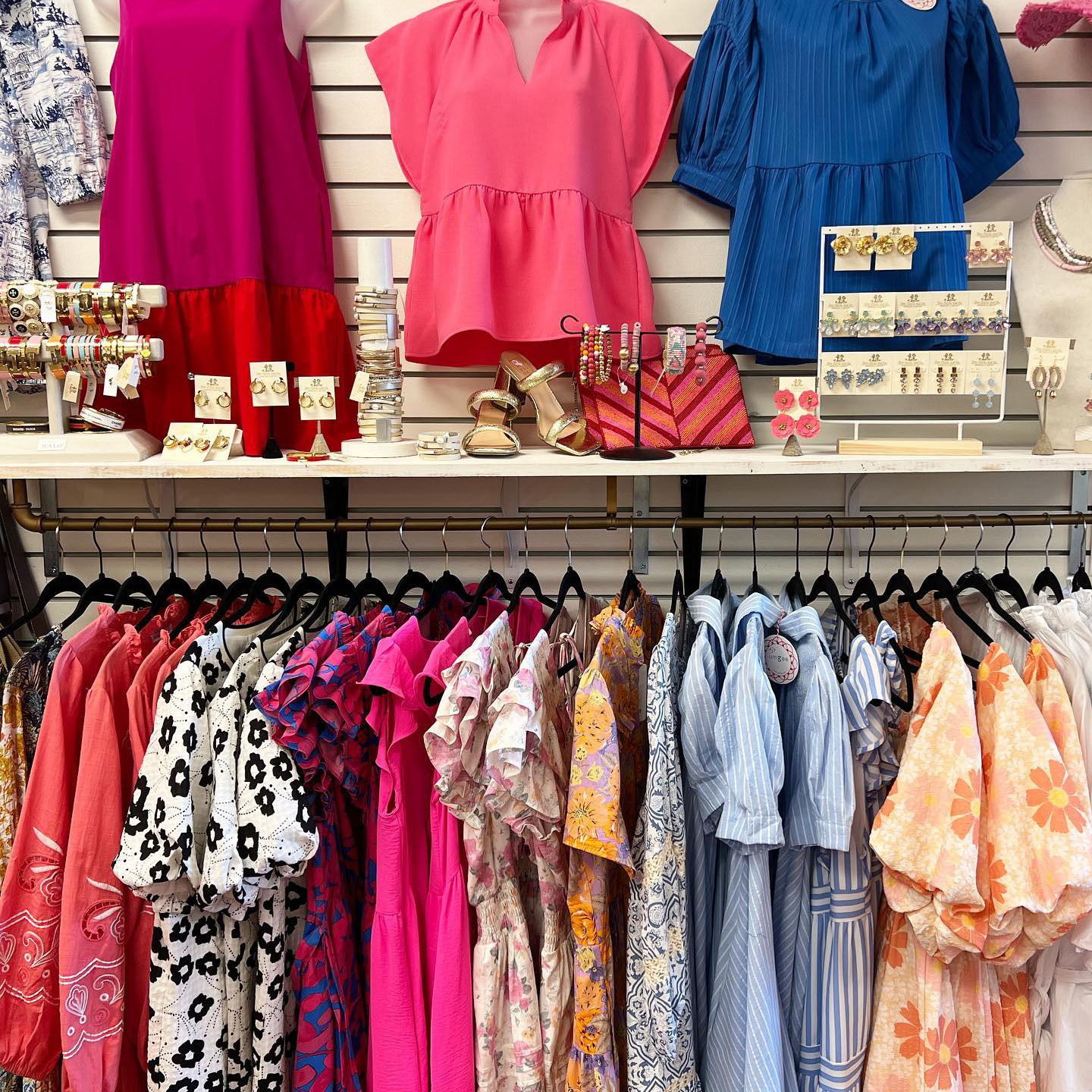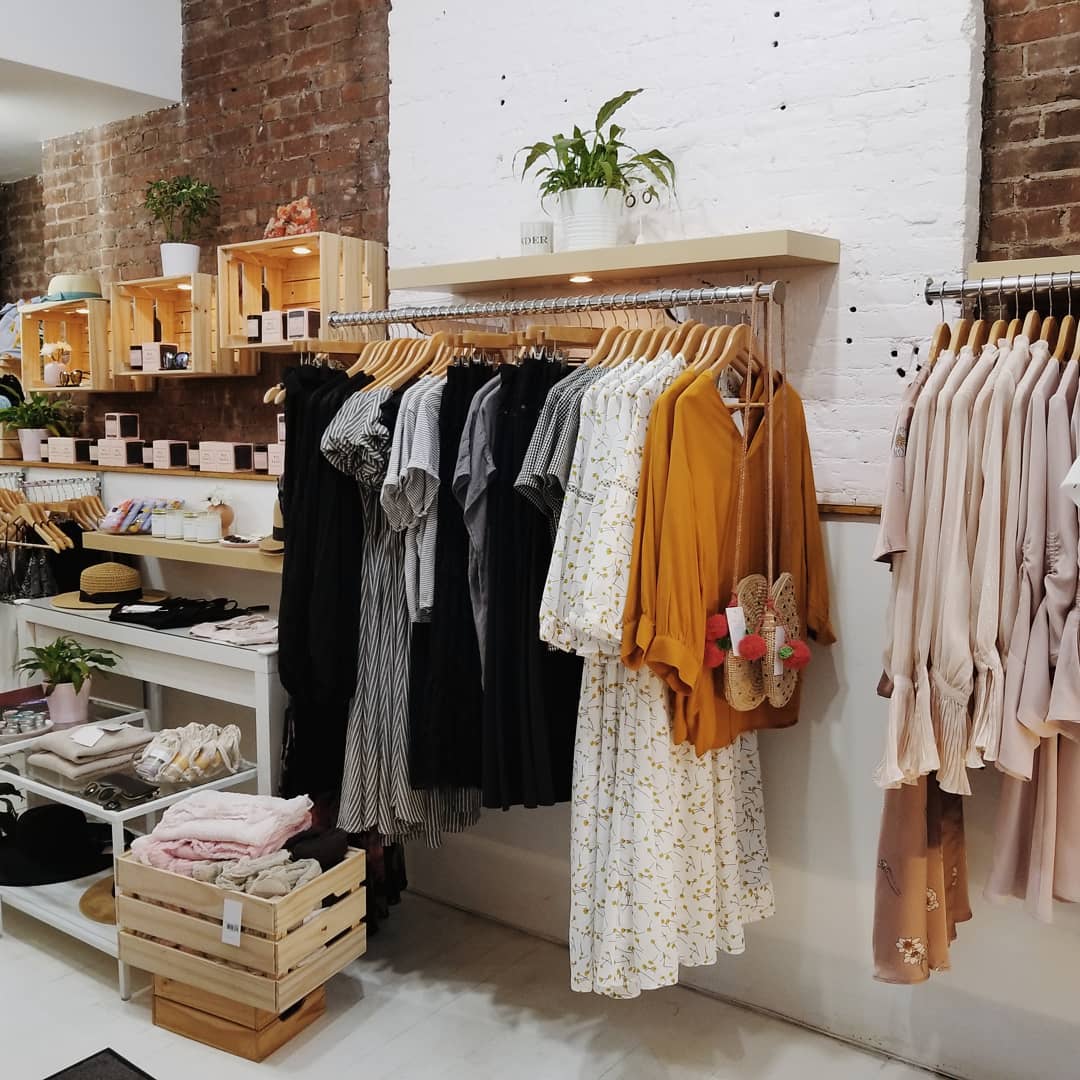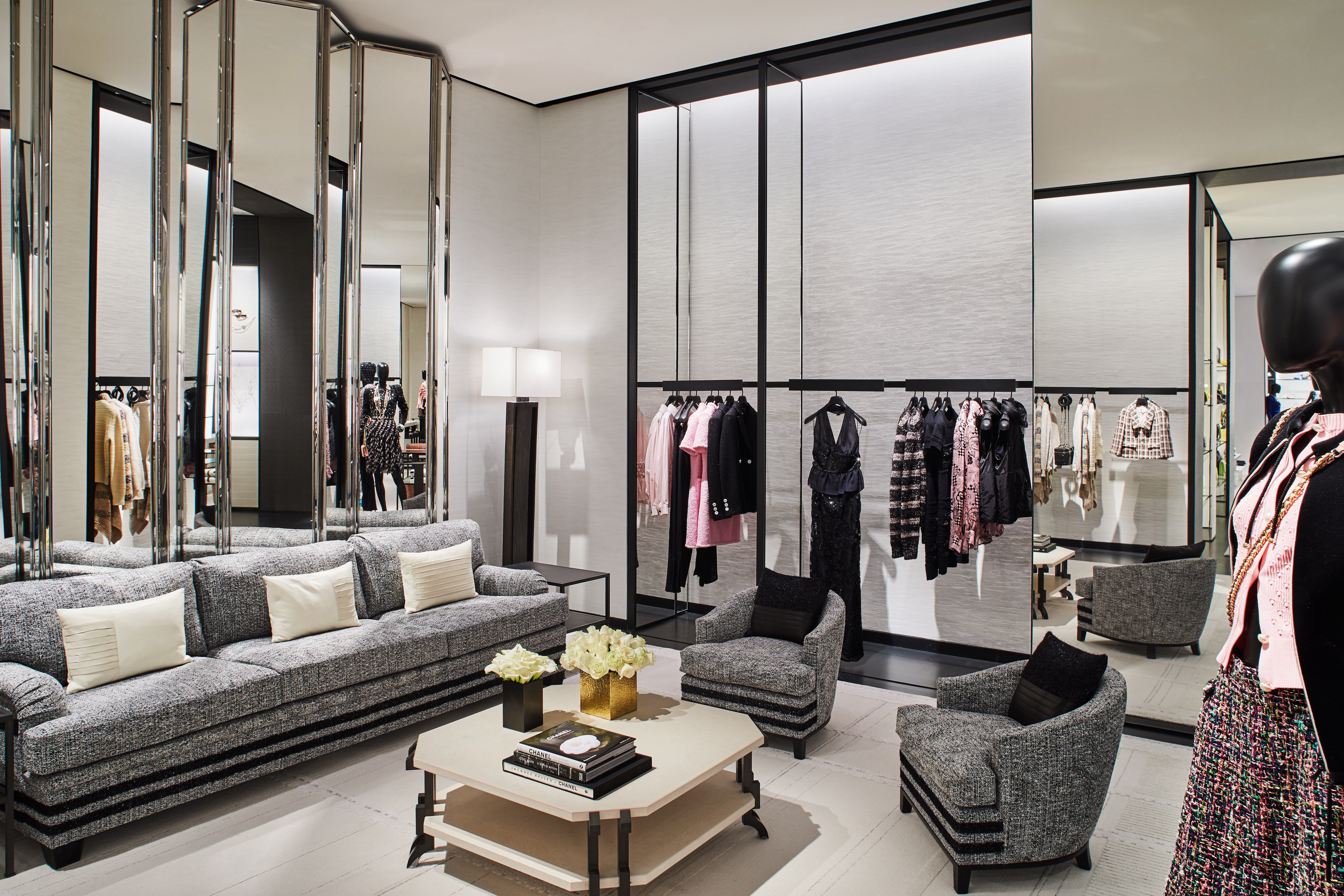Just how to Style Your Clothing with Boutique Fashion Locates
Just how to Style Your Clothing with Boutique Fashion Locates
Blog Article
Exploring the Development and Influence of Clothing on Modern Style Trends
The evolution of garments has actually dramatically influenced contemporary style fads, combining historic precedents with innovative technologies. Iconic numbers like Coco Chanel and Yves Saint Laurent reinvented the style sector by presenting concepts that prioritize comfort and ease of access, which continue to resonate today. Technological strides in areas such as 3D printing and clever fabrics are redefining layout opportunities and customer experiences (boutique fashion). In addition, the expanding focus on inclusivity and sustainability is improving industry criteria. As we consider these multifaceted impacts, one must wonder about how these elements collectively redefine fashion's role in mirroring and shaping contemporary society.
Historical Fashion Influencers
In the tapestry of style background, specific figures have actually left an indelible mark, shaping the fads and styles that specify whole ages. Coco Chanel, a cutting edge developer, redefined ladies's fashion by introducing comfortable, sophisticated apparel that departed from restrictive corsets. Her famous Chanel suit and little black outfit have come to be classic staples in wardrobes worldwide. In A Similar Way, Christian Dior's post-war "Makeover" in 1947, with its party of womanhood through full skirts and cinched waistlines, noted a return to luxury and has proceeded to affect developers.
Elsa Schiaparelli is another critical figure, renowned for her progressive styles that incorporated surrealist art, collaborating with Salvador Dalí to develop whimsical pieces that tested standard aesthetics. Her ingenious use of color and strong patterns resounds in modern fashion. Yves Saint Laurent, on the other hand, equalized high fashion with prêt-à-porter collections, bringing path styles to the masses and establishing a criterion for modern-day ready-to-wear lines.
These visionaries, to name a few, not only changed style in their times but likewise established sustaining trends that resonate in today's garment industry, giving a structure whereupon modern designers remain to construct and introduce. Their heritages emphasize the importance of creativity and bold in fashion's ever-evolving narrative.
Technological Improvements in vogue
In the middle of the vibrant landscape of the apparel industry, technical advancements stand at the forefront of development, reshaping how designers create and consumers involve with style. The combination of 3D printing has actually changed layout procedures, making it possible for developers to explore complicated structures and sustainable materials that were formerly unthinkable. This modern technology promotes quick prototyping, lowering waste and quickening manufacturing times.

Smart fabrics, installing innovation right into fabrics, are likewise changing the industry. Advancements like temperature-regulating and self-cleaning textiles offer improved performance and convenience. Wearable modern technology, integrating functions like fitness tracking and interaction, includes a new measurement to fashion, merging aesthetics with functionality.
Cultural Shifts and Style
As technological developments proceed to reshape the garment industry, cultural shifts are equally influential, redefining style and consumer preferences. In recent times, the increase of social media sites systems has actually increased the circulation of international style patterns, enabling diverse cultural impacts to exist side-by-side and merge. This electronic interconnectivity has actually assisted in the quick exchange of ideas, resulting in a more inclusive and eclectic analysis of design that shows the multifaceted nature of modern culture.
Social recognition and recognition have actually motivated designers to draw ideas Continue from a more comprehensive spectrum of historical and ethnic contexts, incorporating standard themes with contemporary aesthetic appeals. This combination has resulted in style that resonates with a larger target market, advertising a sense of identification and belonging across different demographics. Furthermore, the increasing need for personalization has actually driven brand names to offer personalized choices, enabling customers to express originality while reflecting their social heritage.
Additionally, shifting social values have actually impacted style, with inclusivity and variety ending up being main styles. The sector has begun to welcome designs and influencers of different body types, ethnicities, and sex identities, tough conventional elegance requirements. This makeover emphasizes the power of cultural changes fit the future of style, as style ends up being an extra authentic expression of individual and cumulative identification.
Sustainability and Modern Design
While the style sector proceeds to develop, the essential for click to investigate sustainability has ended up being progressively urgent, influencing contemporary design practices. The rise of sluggish fashion, which emphasizes quality over quantity, encourages consumers to invest in timeless items instead than short-term patterns.
In addition, modern style is defined by its technology in lessening waste and advertising circularity. Techniques such as zero-waste pattern cutting and 3D knitting are acquiring traction, permitting developers to produce garments with minimal textile wastage. Furthermore, brand names are taking on clear supply chains, making certain responsibility and cultivating consumer trust. This strategy not just alleviates environmental impact yet likewise enhances the social duty of fashion residences.

Future Trends in vogue

Sustainability will proceed to be a driving pressure in shaping future style fads. The market is increasingly embracing green materials and moral production approaches, replying to an expanding consumer need for responsible methods. Developments such as bio-fabricated materials and closed-loop recycling systems are readied to redefine just how clothes is generated and taken in, lowering environmental effect while maintaining style and top quality.
Cultural shifts, consisting of the rise of inclusivity and variety, will certainly also play a crucial role. As society comes to be more knowledgeable about social concerns, fashion is expected to come to be a image source system for expression and change. Designers will likely concentrate on creating collections that show a wider variety of identifications and experiences, championing depiction and accessibility.
Final Thought
The development of clothes considerably affects modern fashion trends, where historic influences merge with modern layouts. This continuous development highlights fashion's role as a mirror to societal worths and technical advancement, recommending a future abundant with advancement and inclusivity.
The development of garments has substantially influenced modern style patterns, combining historical criteria with advanced innovations.Among the dynamic landscape of the style market, technical innovations stand at the center of innovation, reshaping exactly how developers produce and consumers involve with fashion.While the style sector continues to advance, the important for sustainability has actually become increasingly urgent, influencing contemporary design techniques. As sustainability becomes ingrained in modern layout, it paves the means for a more aware and accountable style industry.
The advancement of clothes significantly influences modern fashion fads, where historical impacts merge with modern designs.
Report this page